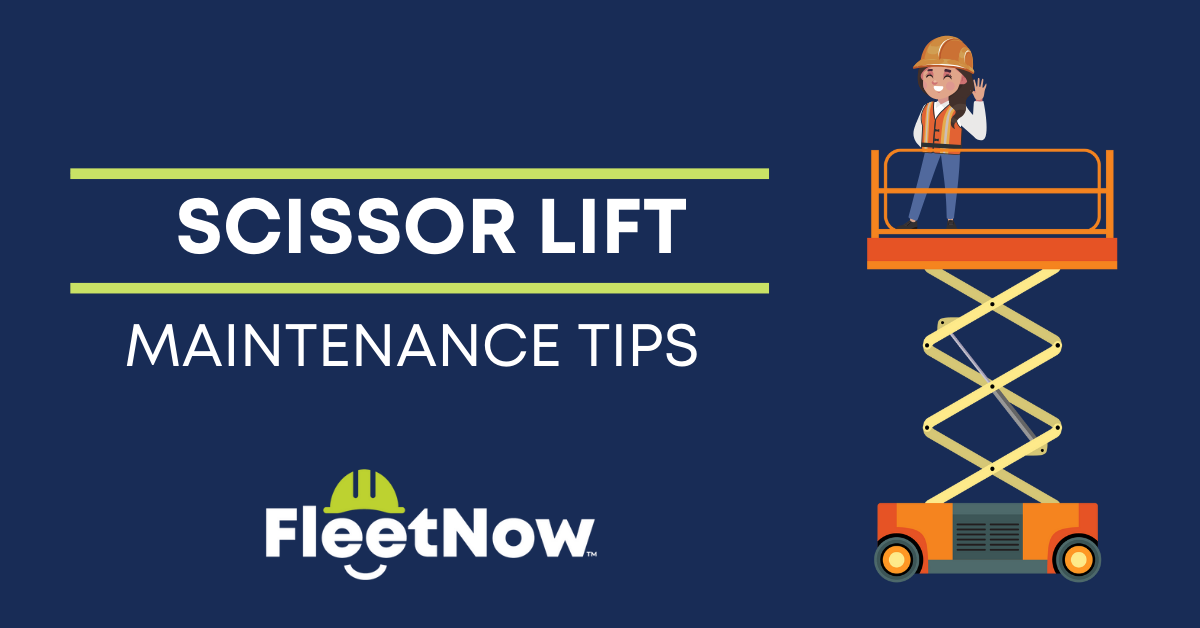Scissor Lift Maintenance
Scissor lifts are valuable tools in various industries, providing safe elevated access for workers and equipment. To ensure optimal performance and safety, regular maintenance of scissor lifts is essential. Proper maintenance not only prolongs the lifespan of the equipment, but also minimizes downtime and reduces the risk of accidents.
Here are key maintenance practices to keep your scissor lift in top condition:
1. Scheduled Inspections
Regular inspections are crucial to identify potential issues before they escalate. Perform pre-shift inspections and routine checks according to manufacturer guidelines. Inspect hydraulic systems, electrical components, structural integrity, and safety features such as guardrails and emergency stop buttons.
2. Hydraulic System Maintenance
The hydraulic system is a critical component of scissor lifts. Check hydraulic fluid levels regularly and inspect for leaks or damage in hydraulic hoses and fittings. Follow recommended maintenance intervals for changing hydraulic fluid and filters to ensure smooth operation of the lift.
3. Electrical System Checks
Inspect the electrical system, including batteries, wiring, and controls, to ensure proper functionality. Keep batteries charged according to manufacturer recommendations and replace worn-out batteries promptly. Test emergency lowering functions to verify their effectiveness.
4. Lubrication of Moving Parts
Keep all moving parts well-lubricated to prevent friction and wear. Lubricate scissor mechanisms, hinges, and pivot points regularly using appropriate lubricants. Pay special attention to areas exposed to dirt, dust, or moisture, as these can accelerate wear and corrosion.
5. Structural Integrity
Check the overall structural integrity of the scissor lift, including welds, platform attachments, and guardrails. Look for signs of cracks, rust, or deformation that may compromise the stability and safety of the lift. Address any structural issues promptly to prevent accidents.
6. Documentation and Record-Keeping
Maintain detailed records of maintenance activities, inspections, and repairs. Keep track of service intervals and parts replacement to stay ahead of maintenance schedules. Documentation is crucial for compliance with safety regulations and warranty requirements.
Pro Tip: Implementing a digital inspection app like FleetNow Inspect can streamline your maintenance process. These apps allow operators to conduct thorough inspections using mobile devices, capture photos of issues, and generate inspection reports instantly. FleetNow Inspect enables real-time monitoring of equipment status and maintenance history, improving accountability and compliance.








